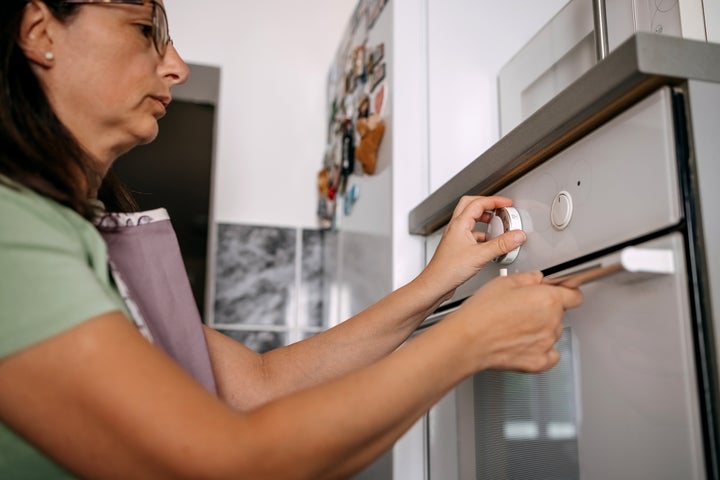
The cost of living is having a disparate impact on many people up and down the country. With Google searches for ‘when should you put the heating on’ +4,800% in the last 30 days, there is growing anxiety about the imminent cold weather.
But, there are a couple of things you can do to help keep energy costs down.
Property experts Safestyle have revealed six things you can do to help keep warm this winter, which are affordable, easy to implement and don’t require a tonne of DIY knowledge.
Want to stay warm? Leave the oven door open after cooking
Heating hack number one — leave the oven door open after cooking. Adam Pawson, Marketing Director at Safestyle says: “A really simple way of heating up your home is to leave the oven door open after cooking, that way you can heat your home and cook while using the same amount of energy.
“To maximise this hack, make sure to keep windows and doors closed to retain the heat.”
Draught-proof your doors and windows
Often, the source of lost heat in your home is commonly down to draughty doors or windows. Pawson explains that with some simple adjustments, you can help prevent heat from escaping.
He says: “To check if you have a draught coming through your door, run your hand around the edge of the door frame. If you can feel cold air coming through, adjust the latch or hinges to get a better fit of the door in the frame.
“Alternatively, try draught-proofing strips to fill the gap. These will help to draught-proof your uPVC door.”
You can also pick up draft excluders pretty cheaply online, or roll up towels and place them between floor and door.
When it comes to checking if your windows have a draught, Pawson says there are some tell-tale signs to watch out for. These include; cracked window panes, a cracked or damaged seal or condensation on the windows or between the panes of glass.
“If you do spot any of these signs, don’t worry because there are a couple of quick-fix solutions you can try,” he reassures.
“One budget-friendly hack you can try is to use clear nail polish to paint over the cracked seal. You might need to paint on two to three coats to ensure the crack is fully covered.
“Another way to insulate your home, which also looks great too, is to layer up on window dressings by using a combination of sheer curtains, blinds and drapes.”
Let your radiators breathe
Another simple way to make sure the heat in your home isn’t escaping is to consider the placement of your furniture. Pawson says, “Where possible, try not to block radiators with furniture to prevent them from absorbing heat.”
If you are limited on space, he suggests pulling furniture away from radiators, even just a tad, so that the war, are can circulate more effectively and not just get absorbed by soft furnishings.
Trap heat in curtains and blinds
A simple trick that helps to insulate the home is simply by keeping blinds and curtains closed.
He advises: “During daylight hours, keep your curtains and blinds open to maximise the amount of sunlight entering your home. Once it gets dark, it’s important to close the curtains to retain as much heat as possible.”
While this might be difficult to do while working from home, try and keep every room but the one you’re working from shielded from the outside world. That way, the rest of the house can retain the heat and you still get the benefit of sunlight.
Keep a weather eye out
Simple though it may seem, another short-term fix to keeping the heat in your home can be as easy as paying attention to the weather.
Pawson explains that older windows can cause a lot of heat to escape a property, which means using more energy to heat rooms that let the cold in quickly. If replacing windows is a no-go for this year, then a quick, short-term solution is to ensure that you keep windows closed on colder days to help keep the heat in.
This can be difficult if you’re drying clothes indoors, as ventilation is necessary to help prevent mould from forming. But, when possible, try and keep windows closed, or open on the warmest parts of the day.
One viral TikTok hack sees users purchasing insulation from DIY stores and attaching it to windows.
Pawton welcomes this, saying: “This is a quick and cheap hack to stop heat from entering your home in the summer and also leaving your home in the winter.
“However, if you need to do this in order to regulate the temperature in your home, it is likely you are due to upgrade your windows.”
A more long-term solution (and a more substantial investment)
Pawson explains that installing energy-efficient windows will not only make your home feel warmer but help to save you money on your energy bills, as well as help to reduce your carbon footprint in the long run.
“The amount of savings varies depending on property size but a typical, gas-heated semi-detached home could save between £120-£155 per year by choosing energy-efficient windows,” says Pawton.